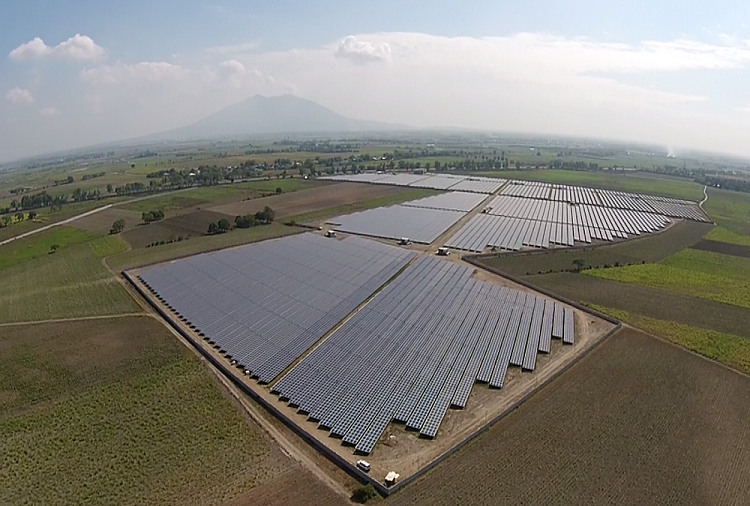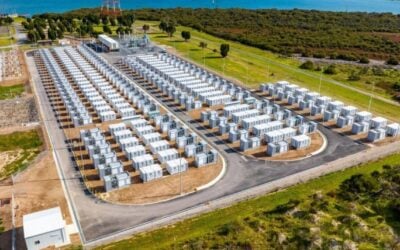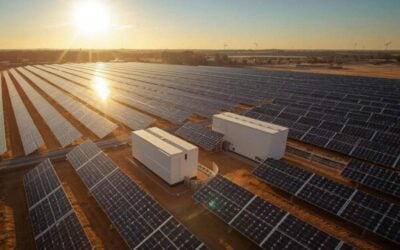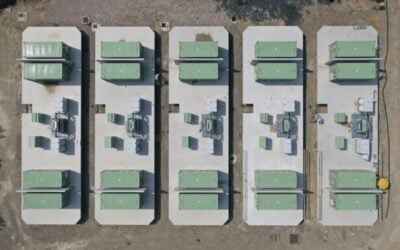
Filipino renewable energy firm Solar Philippines has started construction on the first utility-scale solar project to be combined with battery energy storage in the Philippines.
It will feature a lithium-ion battery for shifting energy into the early evening and providing ancillary services to the national grid.
A Solar Philippines spokesman told Energy-Storage.News that further details of the storage technology would be announced in May, alongside other PV projects that would be using batteries.
The 150MW PV plant in at Concepcion, Tarlac, will also be the largest solar project in the country to date and the first to start construction after the government’s Feed-in-Tariff (FiT) programme came to an end, under the Duterte administration.
Try Premium for just $1
- Full premium access for the first month at only $1
- Converts to an annual rate after 30 days unless cancelled
- Cancel anytime during the trial period
Premium Benefits
- Expert industry analysis and interviews
- Digital access to PV Tech Power journal
- Exclusive event discounts
Or get the full Premium subscription right away
Or continue reading this article for free
The spokesman said: “It aims to prove that solar is now viable in the Philippines without the FIT, and can in fact replace much of the 10GW of coal planned to be completed over the next five years.”
The project is also the first to feature ‘Made in the Philippines’ solar panels, from the newly-opened Solar Philippines 600MW solar module assembly facility in Batangas. The factory is managed and staffed by the former team of SunPower Philippines.
The spokesman added: “We envision [the] factory paving the way for the Philippines to become a leader in solar manufacturing. Its first modules will be used for our own projects, and then offered to module manufacturers as OEM capacity.
The project is set to power the equivalent of 300,000 households once completed by the end of 2017.
At the ground-breaking ceremony, energy secretary Alfonso Cusi said: “Currently, the country’s power demand is at 13,000MW and our supply is barely 14,000MW, hence we need more power as well as reserve power.
“Solar power plants with reliable storage capability can be most useful in island countries like the Philippines.”
Leandro Leviste, chief executive of Solar Philippines, will be speaking at Solar & Storage Finance Asia in Singapore on 4-5 July.





